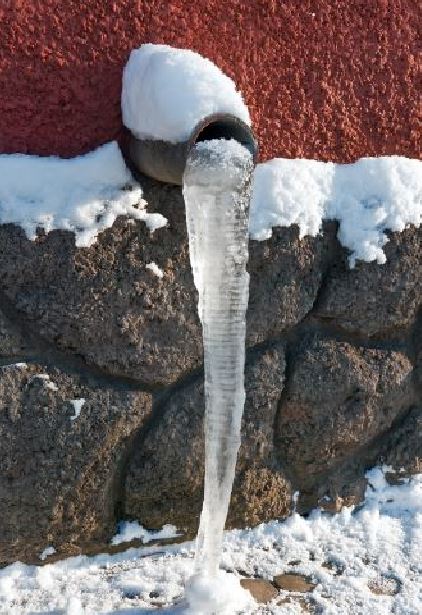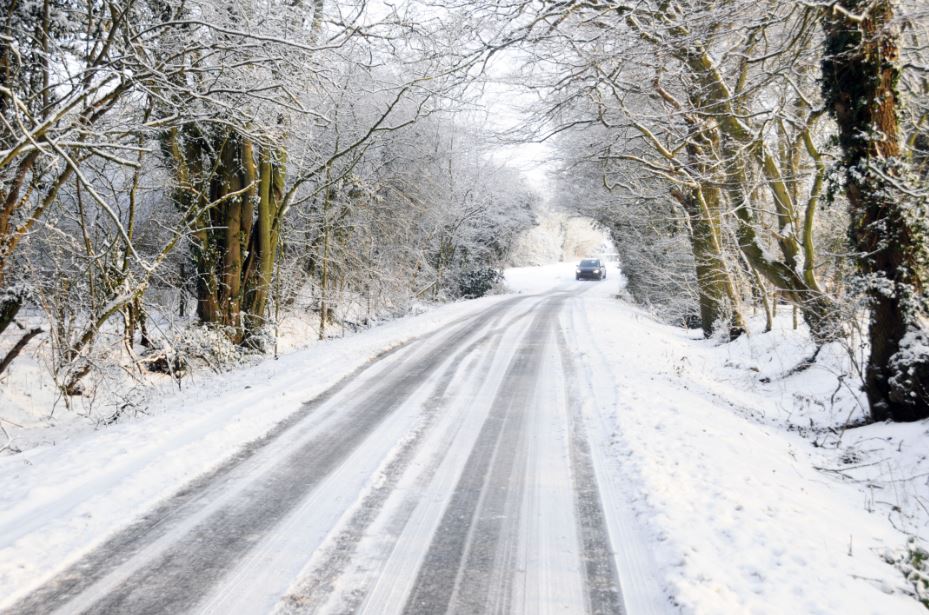 You’re getting ready to head out of town for the holidays and you’re excited for your trip but there’s more to do than just pack your bags. To make the most of your vacation and be worry-free, there are certain things you can do to prep your home so you won’t come back to any surprises.
You’re getting ready to head out of town for the holidays and you’re excited for your trip but there’s more to do than just pack your bags. To make the most of your vacation and be worry-free, there are certain things you can do to prep your home so you won’t come back to any surprises.
Here’s a pre-vacation home checklist to follow before you leave on a long vacation and enjoy your trip!
Stop the mail and hold newspapers. If you’re going to be gone for more than a week, be sure to put a stop on the mail and newspapers. If you don’t have enough time to do this, ask a neighbor to take in the mail for you while you’re away.
Put your lights on a timer. Put at least one light in your house on a timer so it looks like someone is home. Look for programmable timers so you can randomize the daily on/off times.
Move your car. Move your car into your garage if you have one. That way, it’s out of harm’s way in case a storm hits while you’re gone and less vulnerable to theft.
Set your heating system. Don’t completely turn off your heating system. If you’re going away in the winter, be sure to set your heat to around 55 degrees to prevent frozen pipes.
Unplug small appliances and electronic devices to save power.
Turn off the water. If you’re going to be gone for a week or more, turn off the water to your house. If you don’t want to turn off all the water, then turn off the water supply (if easily accessible) to your to washing machine, dishwasher, ice-maker and toilets to prevent potential leaks.
Empty the trash. Take out the trash before you leave so you don’t come home to ants, flies and a horrible smell.
Discard perishables. Clean out the fridge before you leave so produce doesn’t go bad or start smelling while you’re gone.
Adjust your shades. You don’t want your empty home on display, but you don’t want to shut your shades if you never do that. Partially closed is a happy medium — it helps to block the view and gives your home an “in-use” appearance.
Make sure your windows are locked. Windows can be left unlocked — it happens. Maybe you just plain forgot after you had to air out the house from burning the breakfast bacon. An unlocked window is a perfect opportunity for a burglar to sidle on in.
Are any bills due while you’re away? Sewer, electric, gas, mortgage, car payment … the list could go on and on. You don’t want to ding your credit by missing a payment.
Notify your home alarm company (if you have one). Let them know that you’ll be away and when you’ll be returning and if anyone will be going into your home. This information will be helpful if they need to respond to an alarm.
Arrange for lawn maintenance/snow removal. This is just one more thing to make it look like someone is at home. A snowy driveway or an overgrown lawn is a telltale sign you’re not home. Try contacting a local service, or enlist your neighbor’s help.
Water your plants. You don’t want them to go thirsty while you’re away! Also get rid of any fresh flowers — they might not make it while you’re gone and could start to smell.
Check your oven and stove. The whole point of vacations is to relax. You don’t want anything gnawing at you if you’re trying to decompress on a beach.
Clean up your kitchen. Get all of those dirty dishes washed, clean out your sink trap and hit your garbage disposal with some vinegar to prevent any yucky smells from brewing while you’re away.
Take care of trash day. Ask a neighbor or friend to take your cans to the curb and bring them promptly. Again, the goal is to make it look like someone’s home.
While you’re getting your house ready for vacation, don’t forget about preparing your car if you’ll be driving to your destination.
For more information on protecting your home, contact Lallis and Higgins Insurance.
Plymouth Rock






